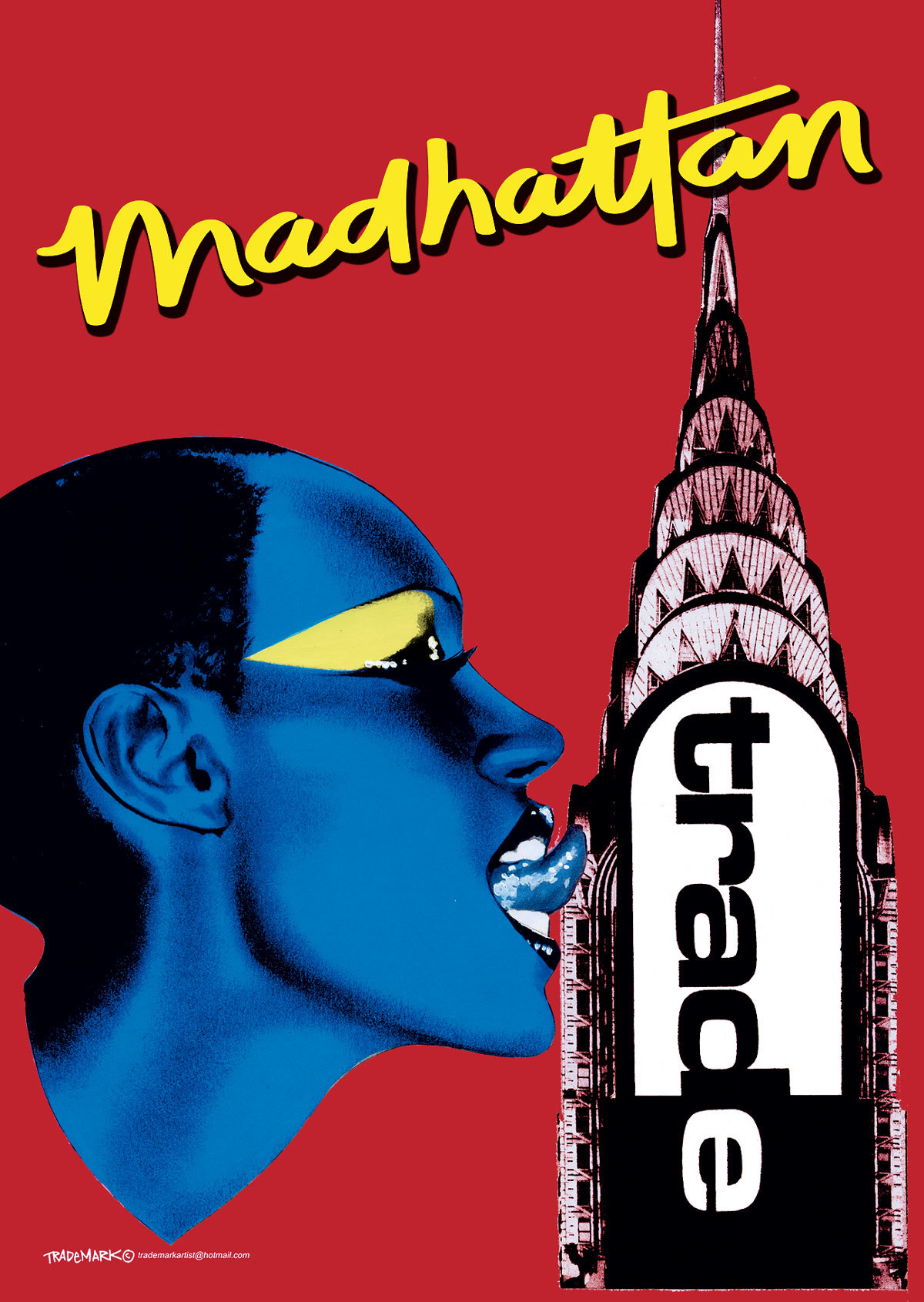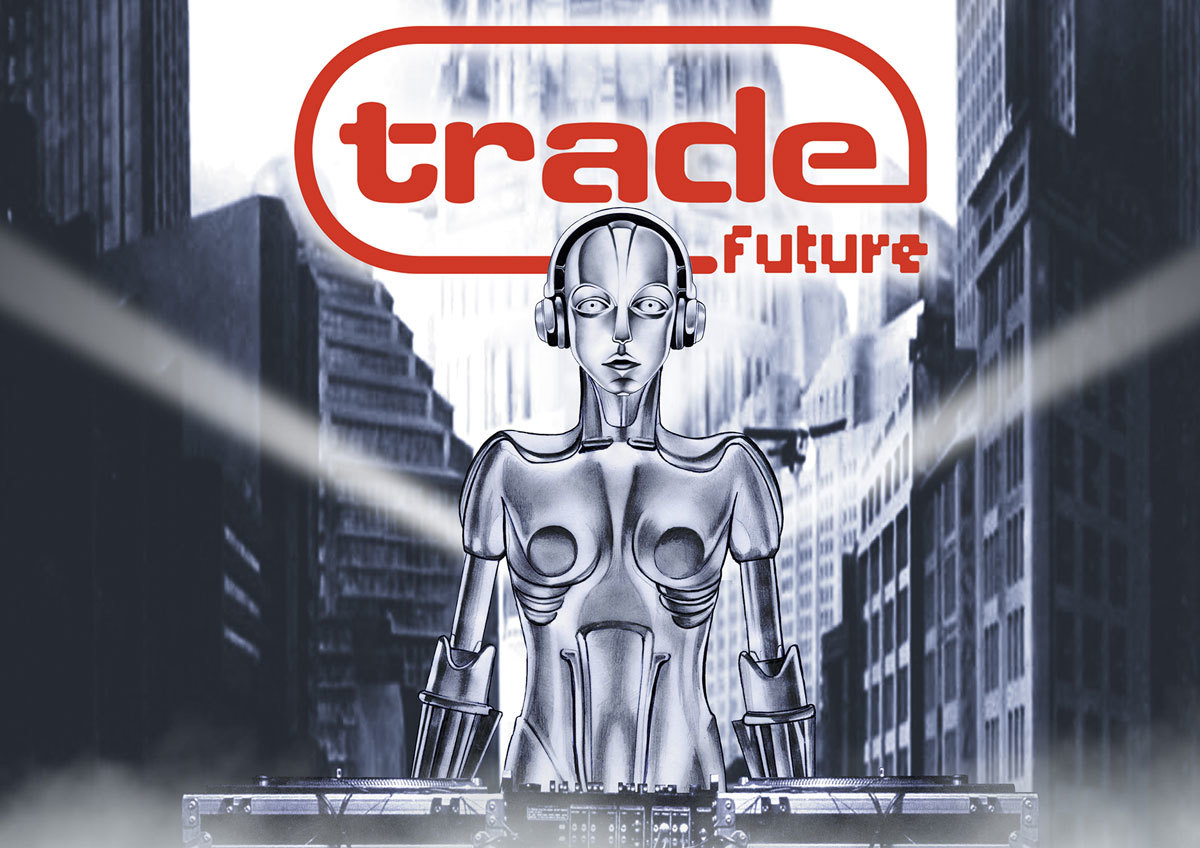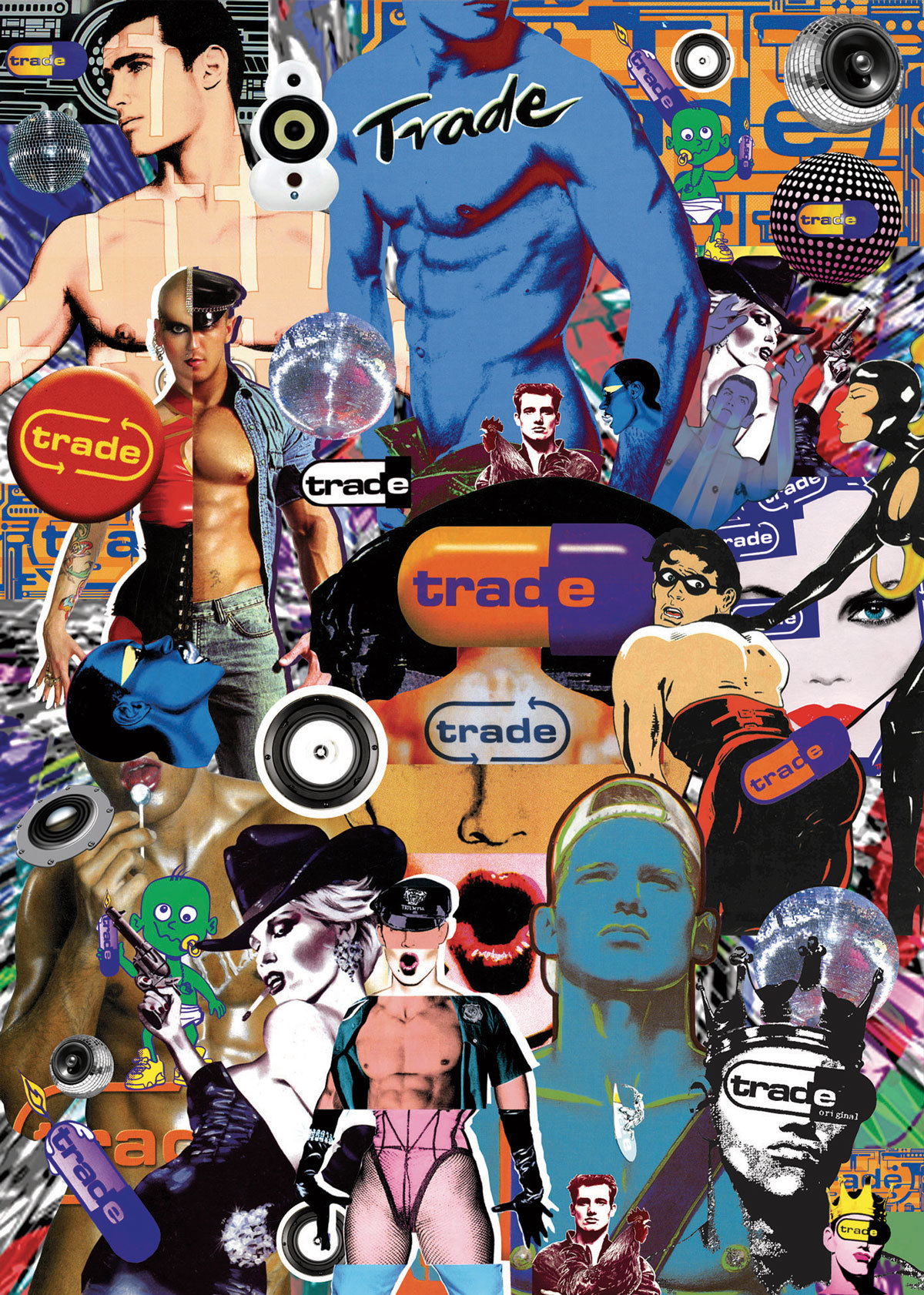US house, Italo house UK house, tribal, techno and Belgian new beat: all the sounds to late night London when Trade ran one of the capital’s biggest after-hours parties at Turnmills in Clerkenwell. Its founder, Laurence Malice explains that the club opened up because of people’s pure need to keep the party going. “Around 1989, you can’t believe it now, but there weren’t any legal clubs open past 3am,” he says. “With nowhere to go once the normal clubs had shut, the idea for a legal after hours club was taking shape in my mind.” And during a time of greater homophobia, Malice adds, “It had to be a ‘safe’ clubbing environment for people to party on into the daylight hours, where they would be much safer from prejudice and abusive behaviour making their way home in the day.” Now the night is being celebrated with an exhibition at the Islington Museum, with legends, photos and flyers, as well as – fittingly – a huge reunion party.
When was the first Trade party?
Trade was born on a Saturday night in November 1990 and the original basic flyer promised a full English breakfast. The Turnmills boss John Newman (Tall Paul’s dad) was horrified when I suggested ice cream should also be added to the menu! For many club-goers it was the only place to go and carry on the party once Saturday night was over and I just wanted to throw a good party where all my friends could come along and express themselves.
What were the other big gay nights happening at the time?
Obviously super club Heaven was hugely influential. And Heaven’s small club attached, The Soundshaft, was also an influential club. Then you had the traditional comedy and cabaret venues such as The Black Cap in Camden and the Royal Vauxhall Tavern. This was London post Leigh Bowery’s Taboo club, John Crancher’s Anarchy club and Sacrosanct, so there would have been things like Kinky Gerlinki, which was a massive ball held every few months in changing locations, Jimmy Trindy’s Daisy Chain at The Fridge with go-go boys and Yvette The Conqueror’s massive Love Muscle parties, playing “hot bum’n’bass.”

Can you talk about the flyers and artwork
Trade had been running on an underground tip for the first few months when I invited Tim Stabler to co-promote it with me and oversee the decor in the club. Tim introduced Trade’s early neon day-glo decor and was the first person to introduce polystyrene hanging cut-outs such as the “Trade babies” and Playboy bunny heads. My best friend, TradeMark, was involved with some really creative pieces in the club’s look including Trade’s iconic “capsule” logo, which was based on an idea of a German road sign and used a nappy pin as its base. The tag was “no speed limit”, based round the speed of the music we played at Trade. Martin “B-Art” Brown also played a massive part in the club’s flyer images.
Why do you think it became such a legendary night?
The opening times set it apart from other clubs and it soon became the place to be. Its exclusivity further fuelled the desire to be part of it. Trade changed club culture through the people that it brought together. While the club night was perceived to cater for the LGBT community, as long as an individual had the right attitude they were welcome at Trade, regardless of their sexuality or social background. We had bankers dancing next to pop stars, muscle boys next to stage actors and this great freedom gave everyone the chance to express themselves through art, music, and fashion.

Jean-Paul Gaultier, Björk, Boy George and more were fans – can you tell us any stories?
We used to have a security guard nicknamed “The Mortician” due to his deep, slow-speaking voice and one night he radioed me to come as one lady was getting her friends to hurl herself into the air almost hitting the bridge, and he was worried she might hurt herself. That turned out to be Björk! On Trade’s 8th Birthday early on in the night, with the guest list queue stretching along Clerkenwell Road, a massive stretch limousine drew up and out jumped a young PA asking to speak to the manager. She then said Cher, whose single I Believe was No. 1 in the charts, was in the limo and paused for effect. Everyone in both queues heard this and suddenly silence reigned. He said, “Yes and how could I help?” A bit put out, she explained that Cher would like to come in and requested a VIP area plus six bottles of champagne. He explained politely that we didn’t have a VIP section, as our club was about inclusion and that everyone was treated the same. He hadn’t done this for Madonna and he wouldn’t be able to do this for Cher, or any other celebrity. The crowd burst into a spontaneous round of applause and the limo sped off into the night.
Is gay clubbing dead in London?
Of course it’s not dead – it’s just evolved and different. Since achieving gay equality, both the gay and straight scene have merged in many ways, especially outside of London. London has its own creative districts now also with a thriving gay and straight club scene in locations such as Dalston, Shoreditch and Vauxhall.
You’re doing a 25th Anniversary party – how do you think that will go down?
It will be a silver Jubilee that shines with pride and a set of DJs and happy clubbers that don’t want the night to end.
Trade: The Final is on Sunday October 25th at Egg Ldn

